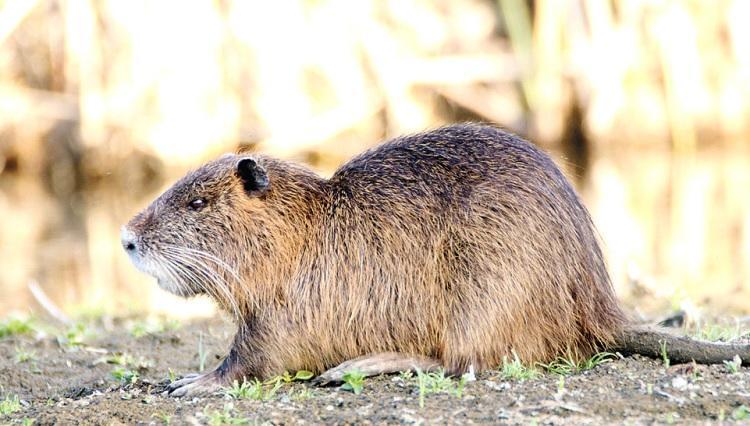
Water monkeys, which are among invasive animal species and known as “mysterious mice” among people, live in the eastern province of Iğdır without harming nature.
The animals, whose homeland is South America, live in Karasu and Bulakbaşı reeds, which they reached by running away from farms in the region where they were brought for fur production. Also called “koypu,” the water monkeys have kept up with the conditions of the region in the wetlands of Iğdır.
The monkeys, which are normally regarded as invasive species and known for their rapid reproduction, survive in Iğdır’s climate conditions by reproducing slower than in other regions.
Emrah Çoban, the science coordinator of the Kuzeydoğu Association, told the state-run Anadolu Agency that the water monkeys adapted to the wetlands in Iğdır.
Stating that water monkeys were seen in Edirne and Iğdır in Turkey, Çoban said, “Seen as an exotic species in Turkey, they are considered an invasive species. They continue their lives in Iğdır, at the foot of Mount Ararat, which is accepted as the roof of our country,” he said.
Stating that the water monkeys living in the region should be studied, he said, “Interestingly, although they are an invasive species, they are able to breed, feed and reproduce very comfortably in the wetlands of Iğdır. We see that they are not harmful to nature. But they should be observed all the time since they are invasive.”
Stating that these water monkeys were brought to the region for fur production years ago, some of them were released when production stopped and some of them escaped from farms and settled in wetlands in Iğdır, Çoban said, “Their homeland is South America. We know that they were produced especially for their fur on the Russian side, and after this production activity was over, those who escaped from the farms or released were adapted to nature and continued living. This life in Iğdır is the most important indicator of this.”